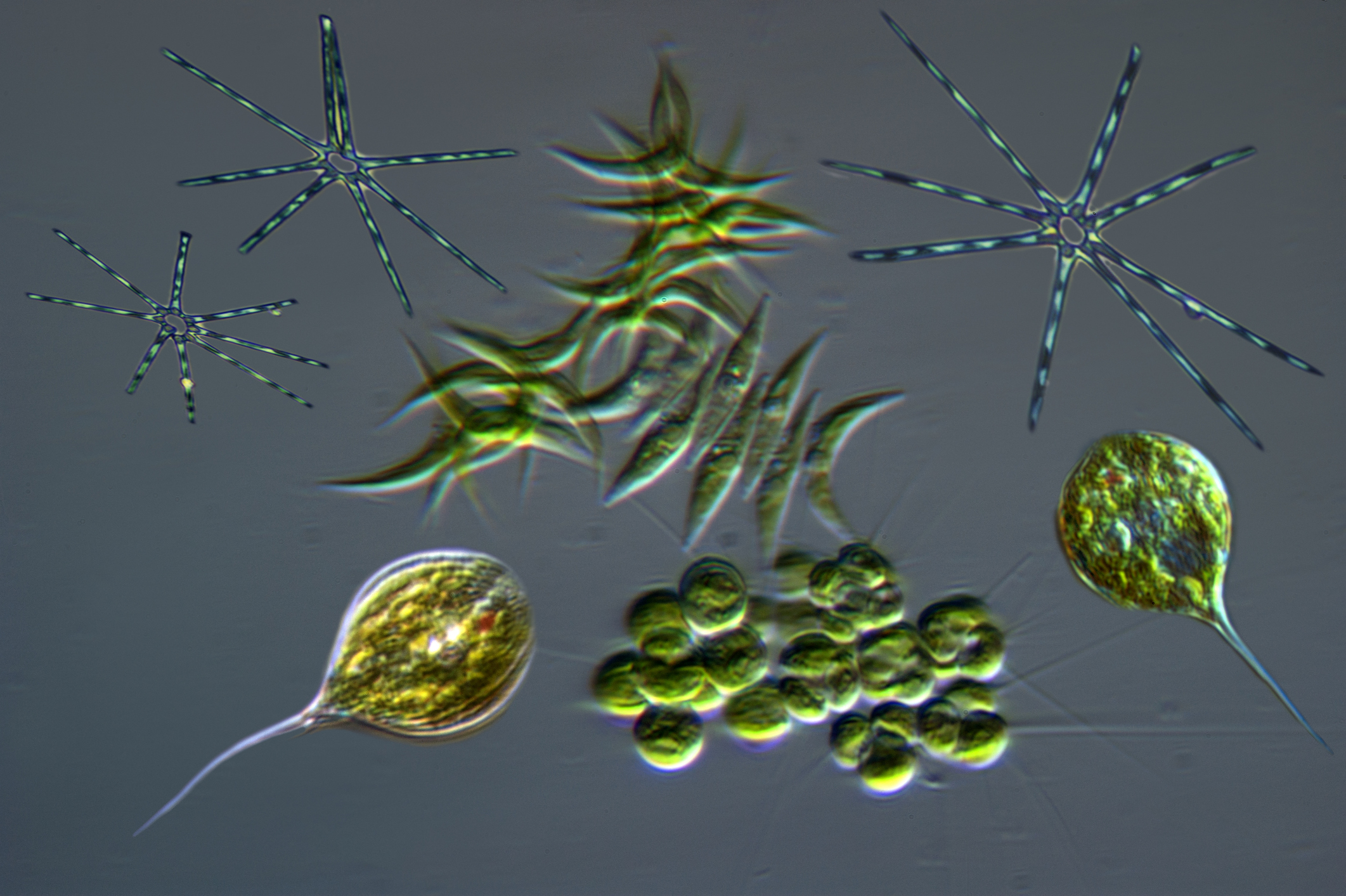The Earth may respond to the large amounts of carbon dioxide (CO2) humans are pumping into the atmosphere by “over-correcting” the imbalance, potentially allowing the next ice age to arrive on schedule rather than tens of thousands of years late as previously predicted.
This is due to a newly discovered ‘thermostat’ that is so efficient at burying a mountain of carbon beneath the ocean floor that it could eliminate human carbon dioxide emissions within 100,000 years, researchers have discovered.
you may like
Because both thermostats work together, the next ice age could start on time rather than being delayed by climate change, study co-author Andy Ridgewell, a professor of geology at the University of California, Riverside, told Live Science.
Study co-author Dominik Hülse, a mathematician and biogeochemical modeler at the University of Bremen in Germany, said the newly discovered thermostat does not protect living humans from the effects of global warming. “We’re not safe from global warming for the next 100 or even 1,000 years,” he told Live Science.
Scientists have long suspected that Earth controls its climate on geological timescales. Since the 1980s, researchers have theorized about a mechanism called silicate weathering feedback. This mechanism occurs when rain takes CO2 from the air and blows it onto silicate rocks, rocks containing minerals made of oxygen and silicon that make up about 90% of the Earth’s crust. CO2 reacts with these rocks, dissolving them and forming molecules that leach into the earth and eventually reach the ocean. Once there, what was once CO2 forms limestone and chalk and becomes trapped for millions of years.
The feedback from silicate weathering is like a thermostat. The more CO2 in the atmosphere, the warmer the Earth becomes and the more intense the water cycle becomes. Increased precipitation means that silicate weathering accelerates, more CO2 moves into the ocean, and atmospheric CO2 sinks back to background levels.
Feedback also works the other way around. “If it gets too cold and the CO2 is too low, the thermostat will consume too little CO2 relative to the background of constant CO2 being released from the mantle, volcanoes and other magmatic features,” Ridgewell said. In this scenario, the amount of carbon dioxide entering the ocean would decrease and atmospheric levels would slowly rise back to average levels, he said.
However, the feedback from silicate weathering is slow. It can take up to 1 million years after a perturbation for CO2 levels to rebalance. The result is unexplained climate phenomena such as Earth’s cycles of ice ages and interglacials, characterized by large fluctuations in CO2 levels and temperatures that occur approximately every 100,000 years, Ridgewell said.
Hülse said that the Snowball Earth phenomenon, which completely covers the Earth in ice, cannot be explained by silicate weathering. If silicate weathering is the only thermostat regulating the Earth’s climate, Hülse explained, its smooth balancing act could prevent the Earth from falling into such extreme conditions.
you may like
The second “thermostat”
The new study was inspired by Hulse’s doctoral thesis, in which he calculated how much organic carbon was stored in ocean sediments during past climate changes. His findings showed that mountains of organic carbon were deposited on the ocean floor after intense volcanic activity and continued warming. This finding suggested a possible link between atmospheric CO2 levels and ocean organic carbon burial.
“There were certainly periods in Earth’s history when large amounts of organic carbon were deposited,” Ridgewell said. “We somehow knew there must be something else going on. [besides silicate weathering]However, incorporating the model is much more complex. ”
But in their new study, Hulse and Ridgewell have taken on this challenge by integrating their individual projects into a single global climate carbon cycle model that accounts for the burial of organic carbon in the ocean floor. The researchers said their results revealed a second “thermostat” rooted in Earth’s phosphorus cycle, starting on land in rocks containing minerals such as apatite.
Weathering of these rocks due to precipitation releases phosphorus, which leaches into the ground, enters streams and rivers, and ultimately reaches the ocean. There, phosphorus is an important nutrient for small photosynthetic organisms known as phytoplankton, which use it as fuel for cellular processes. When phytoplankton die, they sink to the ocean floor, depositing organic carbon, phosphorus, and other nutrients.

A warmer world means more phosphorus flows into the ocean, phytoplankton grows, and more organic carbon and phosphorus reaches the ocean floor. However, as temperature increases, the solubility of oxygen decreases, so there is less oxygen in warm oceans. This deoxygenation releases deposited phosphorus into the water column while organic carbon is buried in the sediment.
“We don’t fully understand mechanistically how it happens, but we know it happens,” Ridgewell said. “There have been events in the past where large amounts of organic carbon were buried after warming events, but the material contained very, very little phosphorus compared to normal material. If it wasn’t buried, it must have been returned to the ocean.”
When phosphorus is recycled, it reenters the food chain, and phytoplankton continue to multiply by feeding on phosphorus from both land and sea. This causes a phytoplankton boom that sucks more and more CO2 out of the atmosphere, depositing more and more organic carbon on the ocean floor and lowering the Earth’s temperature.
In other words, the warmer the world becomes, the more productive the oceans become, the more carbon is trapped, and the climate cools. However, the difference between phosphorus and silicate weathering is that phosphorus in the oceans continues to be released on the ocean floor, so it does not decrease as quickly as the Earth cools.
“Organic carbon thermostats are a little bit like silicate thermostats, except they have this supercharger,” Ridgewell said. “There are so many nutrients in the ocean and they are recycled so efficiently that they are very difficult to remove again.”
The phosphorus cycle will eventually regain balance, but in the meantime the Earth could become “overcorrected”, causing phenomena like a snowballing Earth, the researchers said. It’s currently unclear how this second thermostat will respond to climate change, but the oceans are much richer in oxygen than in the past, making a snowballing Earth unlikely.
Instead, organic carbon thermostats could offset the expected delay in the next ice age. Climate change is disrupting Earth’s natural cycles, and previous research suggests the next ice age, scheduled for about 11,000 years, could be delayed by tens of thousands of years. But if the organic carbon thermostat were turned on, atmospheric CO2 could return to background levels sooner and the next ice age could arrive on time.
“Whatever delays there are in the lead-up to the next ice age, thinking about this mechanism could push the ice age forward again,” Ridgewell said. “It will start someday. It all depends on when it starts.”
Source link

